
The most popular hotel chains in America
Two years after the COVID-19 pandemic shut down travel, we are finally starting to see a return to normal, in terms of folks traveling for work and leisure.
Case in point: TSA checkpoint numbers are closing in on pre-pandemic levels almost every day since the start of 2022. So while analytics firm STR and economic forecaster Oxford Economics predict a full recovery from the pandemic won't happen until 2025, the accommodation industry is still big business. The hotel and motel industry has a market size of $177.6 billion based on revenue in 2022, according to IBIS World.
To help you narrow down that massive market, and decide where to stay while on your next trip, Stacker analyzed data from YouGov to rank the 25 most popular hotel chains in the U.S.
YouGov's overall position opinion score measures the percentage of positive responses among those surveyed. YouGov additionally slices results by three generations: baby boomers, Gen Xers, and millennials. The data for hotel chains is current as of the first quarter of 2022.
You'll notice that our list is dominated by conglomerates. For instance, Marriott, Hilton, and Holiday Inn own two brands apiece within the top seven. So while some variety is possible, in regards to amenities, price range, and intended audience, there's not nearly as much diversity in parent companies as you may think.
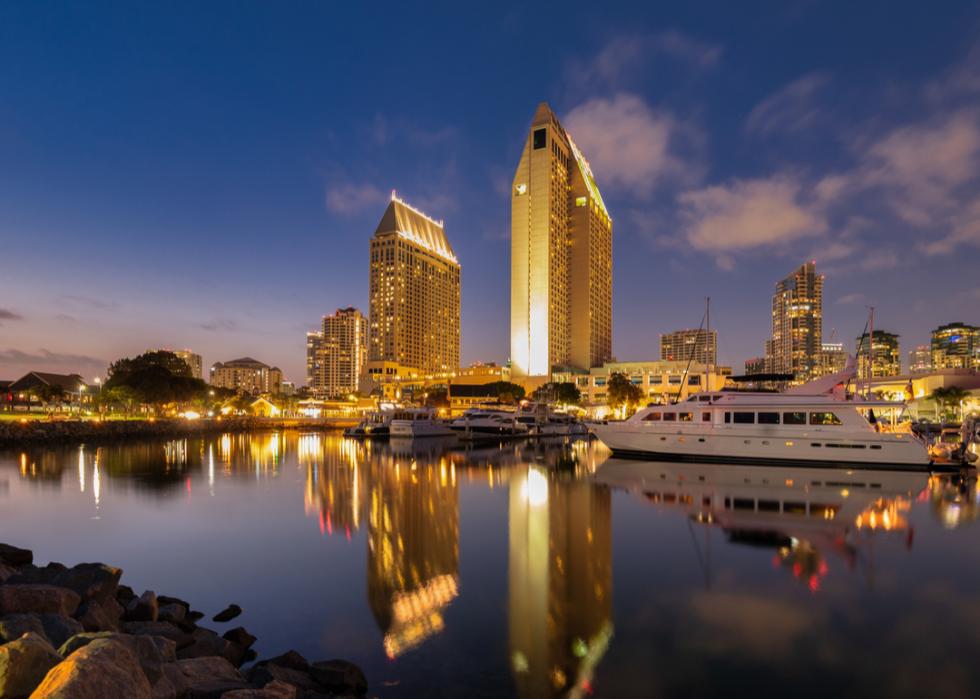
#25. Grand Hyatt
- Positive opinion score: 42%
--- Popularity among baby boomers: 46%
--- Popularity among Gen X: 40%
--- Popularity among millennials: 39%
One of the most expensively priced offshoots in the Hyatt family, Grand Hyatt hotels are also considered the conglomerate's most luxurious. With 58 hotels in 26 different countries, Grand Hyatt has locations in some of the world's most popular tourist destinations, from Hawaii to Athens to Shanghai. Nearly every hotel is designed to impress, with full-service spas and restaurants on-site.
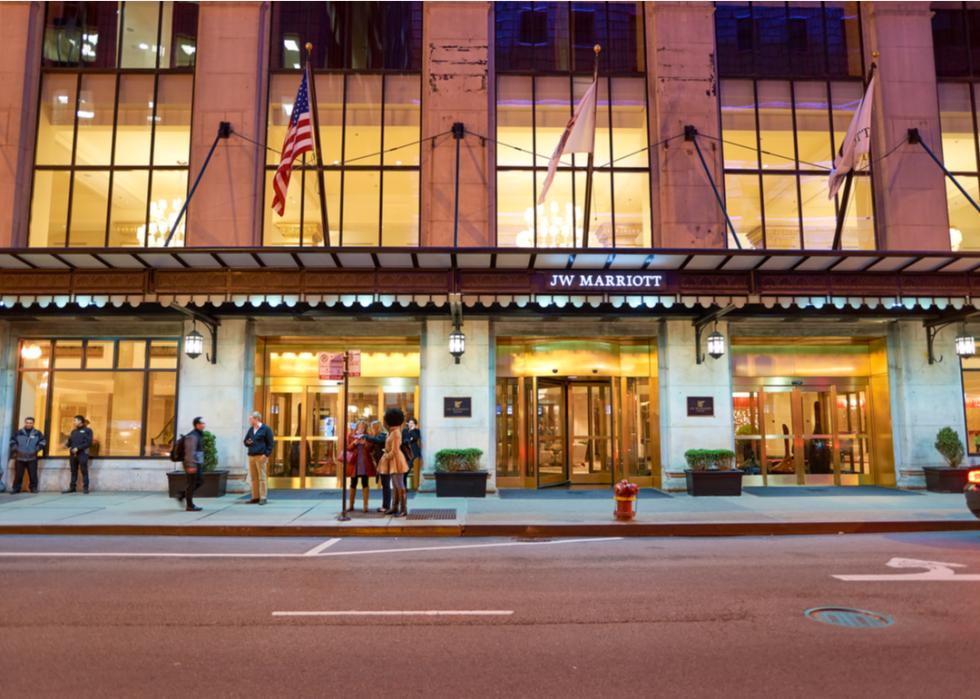
#24. JW Marriott
- Positive opinion score: 42%
--- Popularity among baby boomers: 45%
--- Popularity among Gen X: 40%
--- Popularity among millennials: 43%
The JW Marriott company began in 1927 when J. Willard Marriott opened an A&W root beer stand in Washington D.C., eventually expanding his foodservice holdings into the Hot Shoppes franchise. In 1957, Marriott expanded into hotels, when JW's son, Bill Marriott, opened the country's first motor inn in Arlington, Virginia. There are 107 JW Marriott properties around the world today, all focused on providing holistic, grounding experiences for travelers.
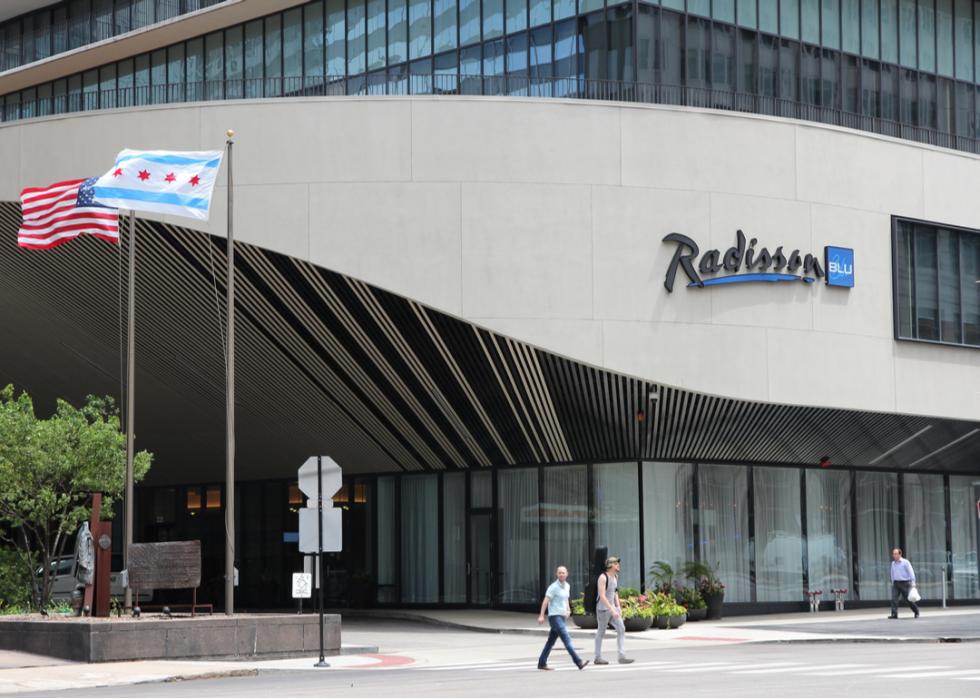
#23. Radisson
- Positive opinion score: 43%
--- Popularity among baby boomers: 48%
--- Popularity among Gen X: 51%
--- Popularity among millennials: 35%
The very first Radisson opened in Minneapolis in 1909. The luxury hotel operated as an independent inn (albeit one that frequently changed ownership hands) until the 1960s when it was purchased by a local businessman named Curtis Carlson, who turned the once-thriving location into a countrywide chain. The Radisson Hotel Group now has 1,700 properties spread out around the world, though the core brand, Radisson Hotels, is largely found within the United States.
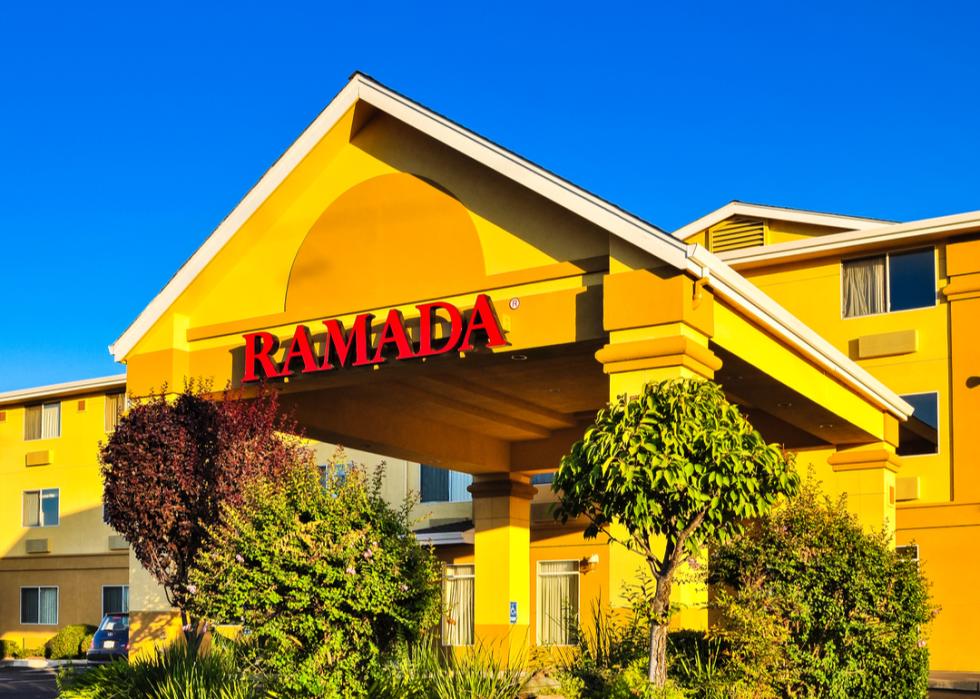
#22. Ramada
- Positive opinion score: 43%
--- Popularity among baby boomers: 51%
--- Popularity among Gen X: 42%
--- Popularity among millennials: 38%
Marion W. Isbell came up with the idea of building comfortable roadside inns that catered to businessmen while on a cross-country road trip with his wife in 1929. In 1954, with the help of several investors, he began to realize this dream, buying up existing motels and amassing them into a countrywide chain. Today, the brand is owned by Wyndham, and there are over 900 Ramada locations in the U.S., Canada, Mexico, and a handful of other countries. The chain still heavily caters to those traveling for business rather than leisure.
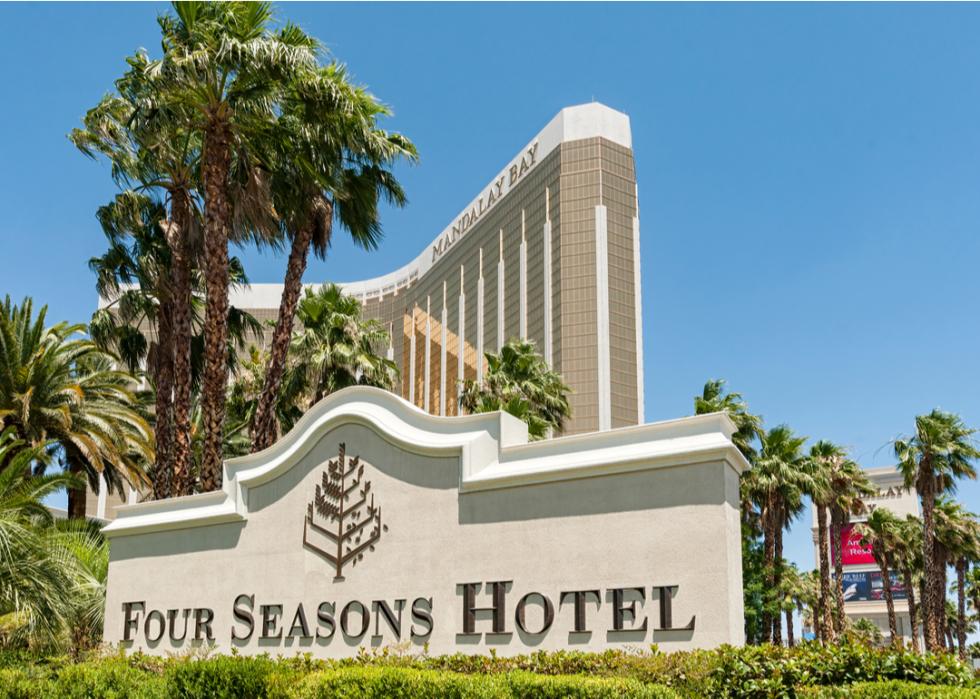
#21. Four Seasons
- Positive opinion score: 45%
--- Popularity among baby boomers: 44%
--- Popularity among Gen X: 45%
--- Popularity among millennials: 46%
The first Four Seasons hotel opened its doors in Toronto in 1961. From the jump, the company focused on personalized service and luxury amenities, ensuring travelers who stayed with them could sleep easy knowing they were paying for nothing short of the best of everything. Today, there are over 120 Four Seasons hotels and resorts on every continent (except for Antarctica), including iconic locations in London, Beijing, and New York.
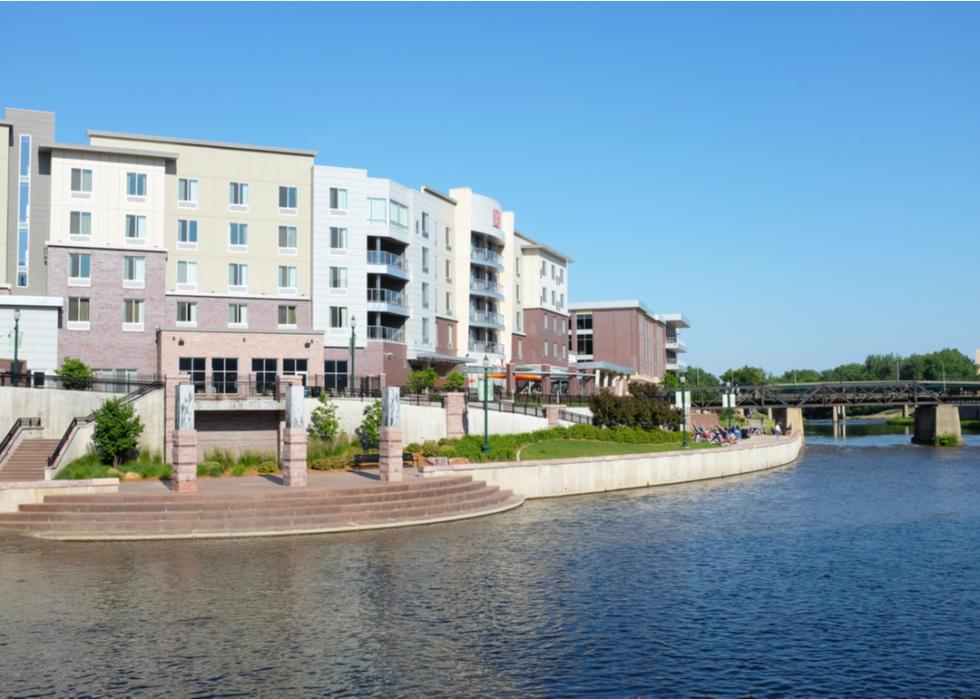
#20. Hilton Garden Inn
- Positive opinion score: 45%
--- Popularity among baby boomers: 48%
--- Popularity among Gen X: 49%
--- Popularity among millennials: 42%
One of the newest brand additions to the Hilton portfolio, Hilton Garden Inns are intended to capture the budget traveler demographic. The first location opened in 1996, and despite its limited number of amenities, the hotels have continued to grow in popularity, notably as its pricing model makes vacationing affordable for lower-income guests. As of this writing, there are just over 900 Hilton Garden Inns in 50 different countries.
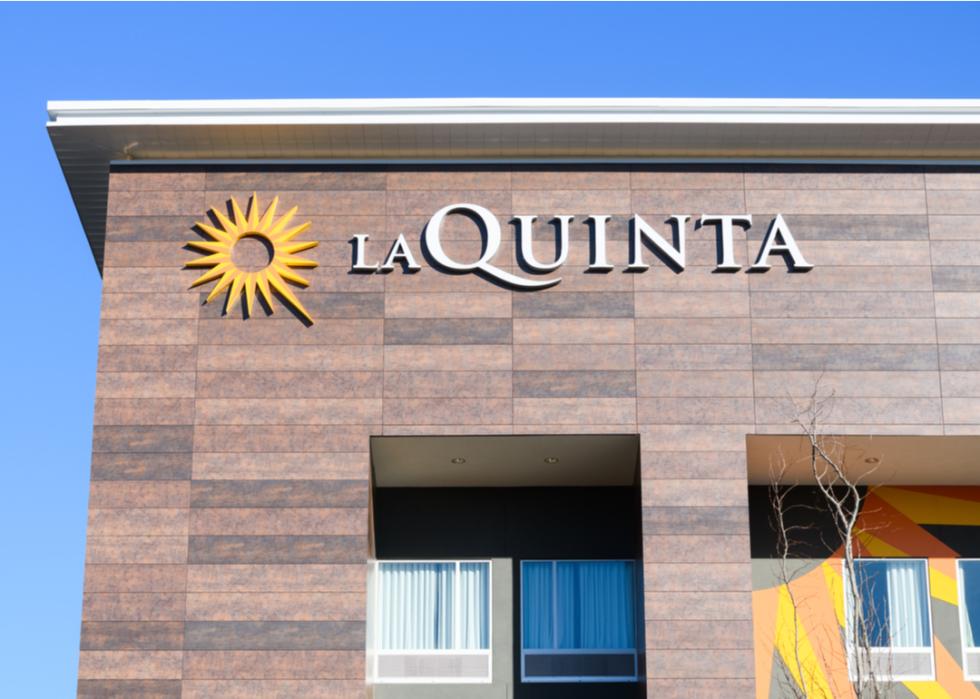
#19. La Quinta Inns & Suites
- Positive opinion score: 45%
--- Popularity among baby boomers: 48%
--- Popularity among Gen X: 44%
--- Popularity among millennials: 43%
Aimed at budget-conscious travelers, La Quinta Inns & Suites rarely charge much more than $100 per night, making them ideal for those looking for an inexpensive getaway. This "cheap alternative" idea has been in place since 1968, when Sam Barshop opened up the first, moderately priced La Quinta location across from the World's Fair grounds in Houston. When Wyndham bought the chain, now at 930 hotels in North, Central, and South America, they also committed to keeping prices low in an effort to ensure that as many people as possible can enjoy traveling.
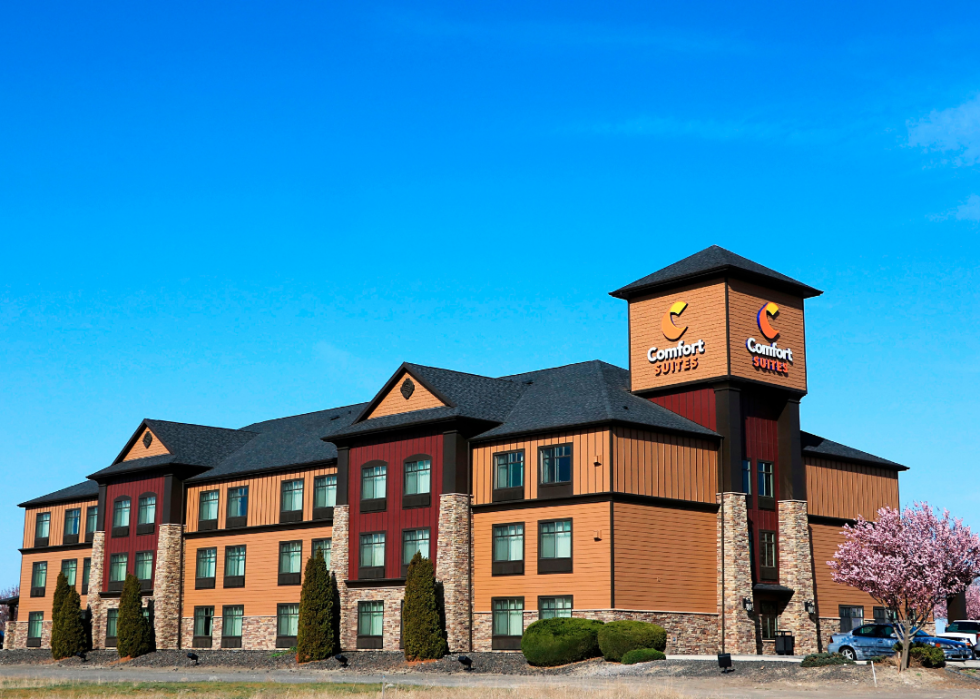
#18. Comfort Suites
- Positive opinion score: 45%
--- Popularity among baby boomers: 49%
--- Popularity among Gen X: 44%
--- Popularity among millennials: 45%
Born from a marketing cooperative—Quality Courts United, essentially the nation's first hotel chain—Comfort Suites was launched in 1986. As the name suggests, every room at a Comfort Suites hotel is a suite, providing travelers with 25% more space than a traditional hotel room. Today, the budget hotels are getting a major upgrade, a new look and feel for an overall improved customer experience.
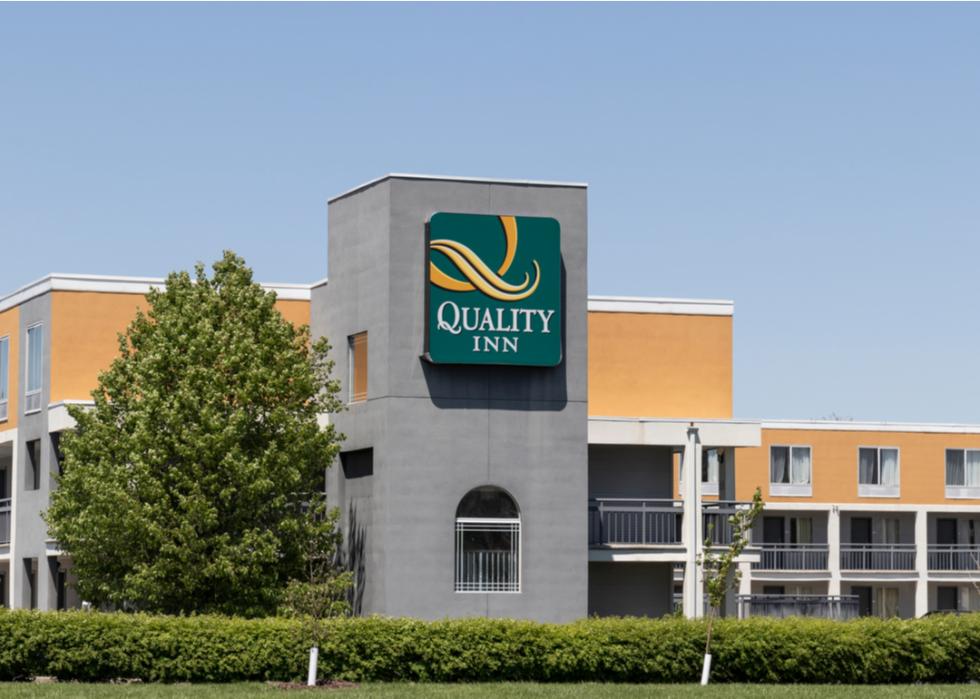
#17. Quality Inn
- Positive opinion score: 46%
--- Popularity among baby boomers: 51%
--- Popularity among Gen X: 40%
--- Popularity among millennials: 46%
Another hotel born from the Quality Courts United group, Quality Inn split off as its own entity in 1981. The midscale branch of the conglomerate, Quality Inn is now a part of the Choice group. Currently, there are over 1,600 locations across North America for travelers to choose from.
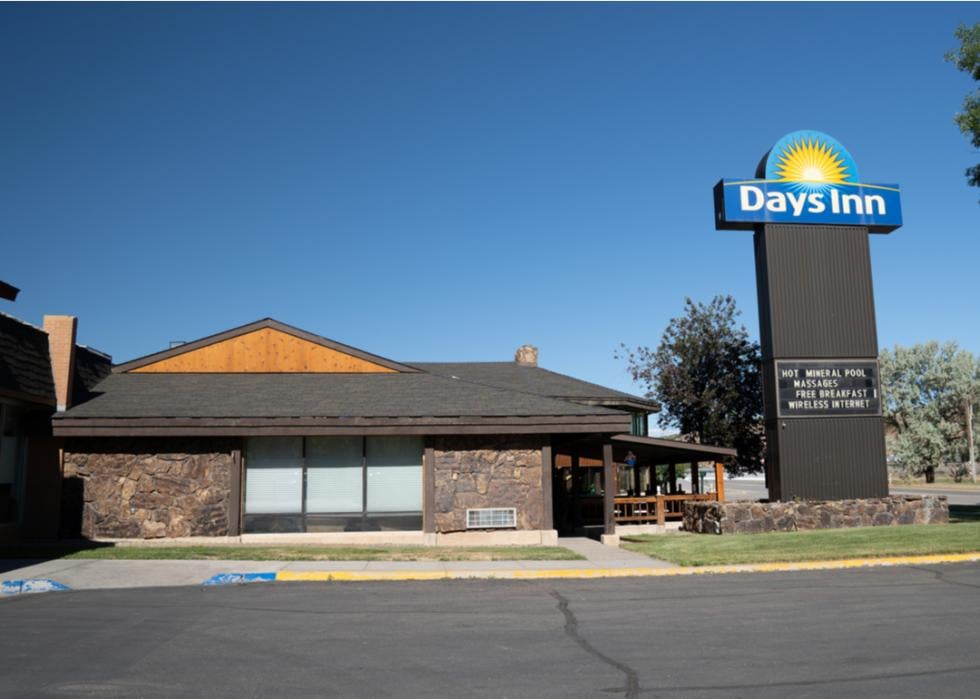
#16. Days Inn
- Positive opinion score: 47%
--- Popularity among baby boomers: 45%
--- Popularity among Gen X: 51%
--- Popularity among millennials: 45%
Back in 1969, Cecil B. Day, on a road trip with his family, was getting fed up with how difficult it was to find clean, affordable lodging—so he decided to open his own hotel chain. He started off with a single Days Inn, on Tybee Island, Georgia, that was so successful he expanded into franchising just two years later. Flash forward to 2022, and there are over 1,500 Days Inn locations on six different continents. The budget chain is now a part of the Wyndham conglomerate.
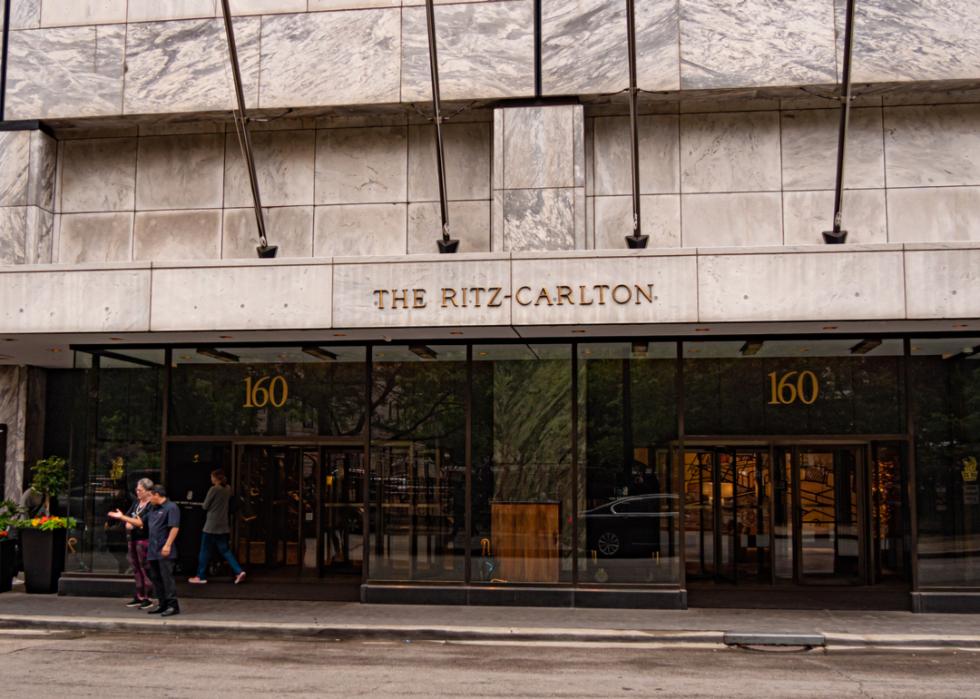
#15. Ritz-Carlton
- Positive opinion score: 48%
--- Popularity among baby boomers: 52%
--- Popularity among Gen X: 49%
--- Popularity among millennials: 45%
A part of the Marriott hotels conglomeration, Ritz-Carlton locations are unapologetically focused on providing luxurious stays for travelers around the world. Founded in the early 1900s, the chain sprouted up in America's largest cities, before virtually disappearing in the 1940s. Since its resurgence in the early '80s, the brand has developed 113 properties in locations as varied as Bangladesh, Los Angeles, and Berlin. These hotels, along with the 42 others set to open in the coming years, typically include amenities like upscale restaurants, full-service spas, golf courses, and long-term residence options on-site.
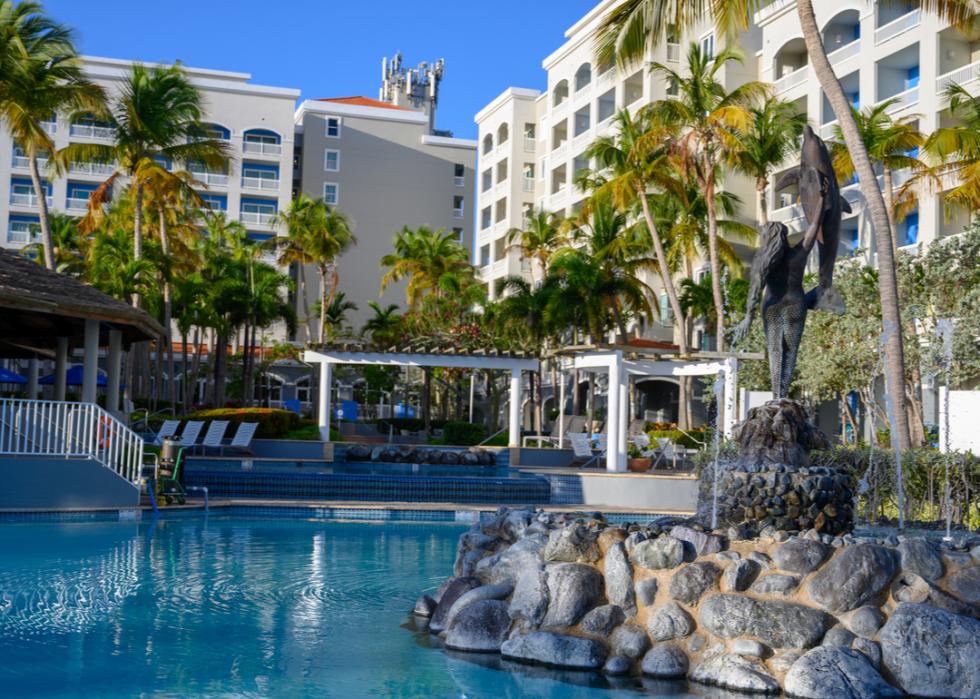
#14. Embassy Suites
- Positive opinion score: 48%
--- Popularity among baby boomers: 58%
--- Popularity among Gen X: 46%
--- Popularity among millennials: 44%
A pioneer in the all-suites concept, Embassy Suites opened its first branch in the early 1980s. Spread out across the United States, Latin America, and the Caribbean, there are over 250 locations in operation today. Like many other members of the Hilton family, many Embassy Suites are owned and operated by franchisees rather than the parent company itself.
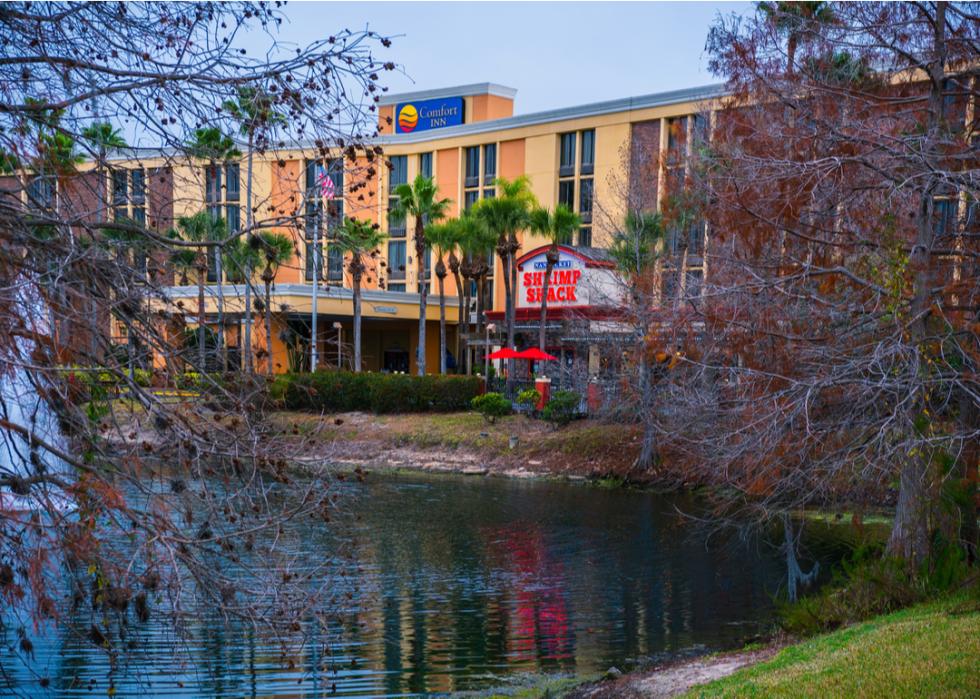
#13. Comfort Inn
- Positive opinion score: 49%
--- Popularity among baby boomers: 55%
--- Popularity among Gen X: 42%
--- Popularity among millennials: 46%
The sister hotel to Comfort Suites, Comfort Inn was founded in 1981. The brand was intended to provide a luxury experience for travelers in the two-star market. As of 2018, after a banner year in 2017 that saw the company open an average of one location each week throughout the year, there are over 1,800 Comfort hotels (which also includes Comfort Inns) open in North America.
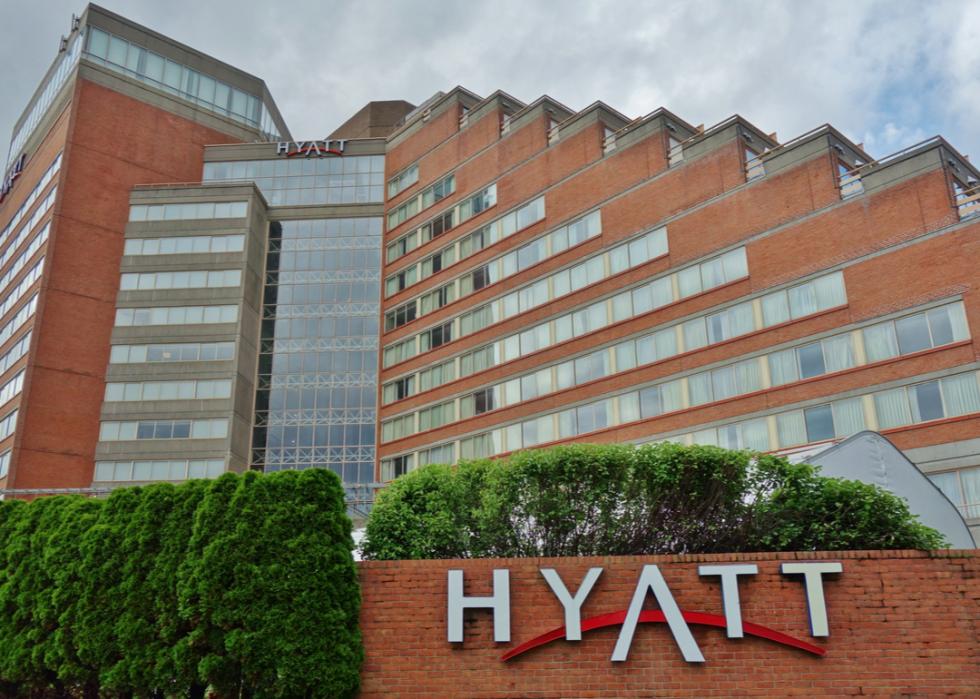
#12. Hyatt
- Positive opinion score: 50%
--- Popularity among baby boomers: 55%
--- Popularity among Gen X: 46%
--- Popularity among millennials: 48%
In 1957, Chicago lawyer Jay Pritzker began the Hyatt hotel conglomerate when he purchased an LAX-adjacent hotel for $2.2 million. Sensing the need for high-quality accommodations near major airports, he quickly opened two more Hyatts near San Francisco International Airport and Seattle-Tacoma International Airport, with the help of his brothers, Donald and Robert. In the mid-'60s, the trio expanded their focus beyond airport hotels and began laying the groundwork for the chain's other offshoots, like the Hyatt Regency and Grand Hyatt, with locations in Atlanta and Hong Kong.
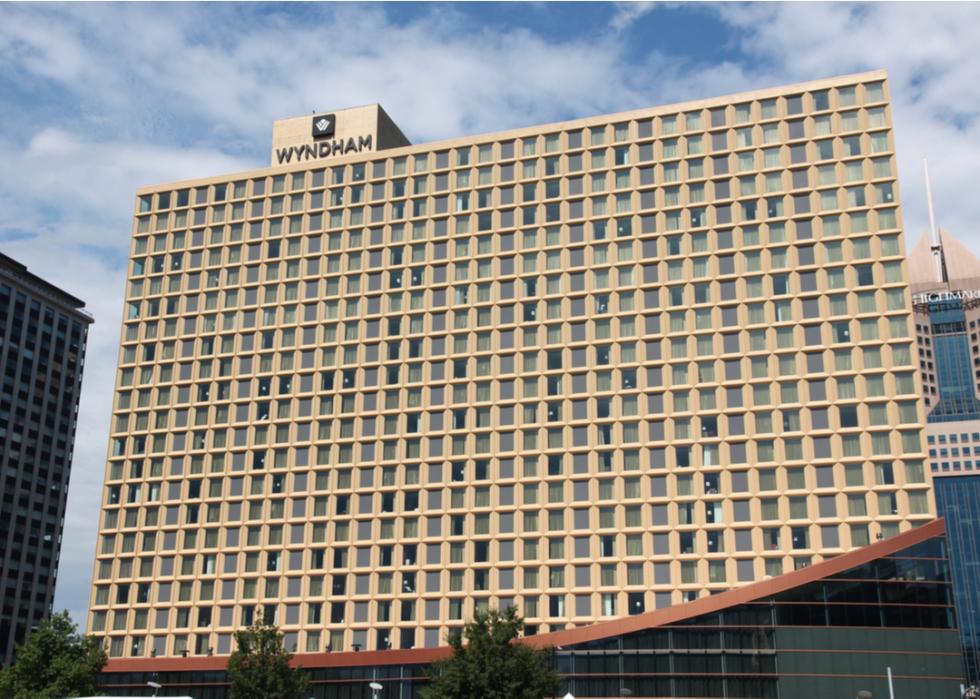
#11. Wyndham Hotels & Resorts
- Positive opinion score: 50%
--- Popularity among baby boomers: 55%
--- Popularity among Gen X: 47%
--- Popularity among millennials: 50%
One of the newest hotel chains on the list, Wyndham Hotels & Resorts was founded just over 40 years ago, in 1981. The original hotel, located in Dallas is still in operation today, alongside 159 other venues in the U.S., China, and an assortment of other countries. Compared to other brands in the Wyndham portfolio, these hotels are middle-of-the-road in terms of price and luxury, providing comfortable stays without the over-the-top amenities that more upmarket brands offer.
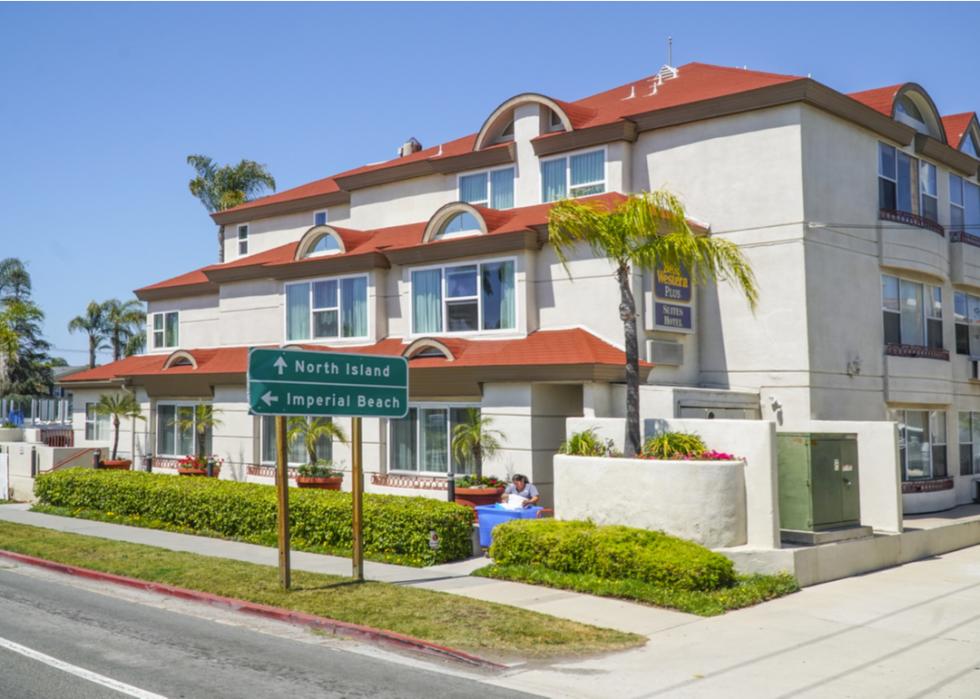
#10. Best Western
- Positive opinion score: 51%
--- Popularity among baby boomers: 56%
--- Popularity among Gen X: 54%
--- Popularity among millennials: 47%
Hotelier M.K. Guertin started Best Western Motels as a "referral system" between pre-existing, independent properties (meaning members would recommend guests to each other and all provide the same level of service) in 1946. It wasn't until 30 years later, in 1976, that the brand would drop its "referral system" design and become a united chain, directly competing with other major franchises. The mid-range legacy brand now has about 4,700 hotels in 100 countries.
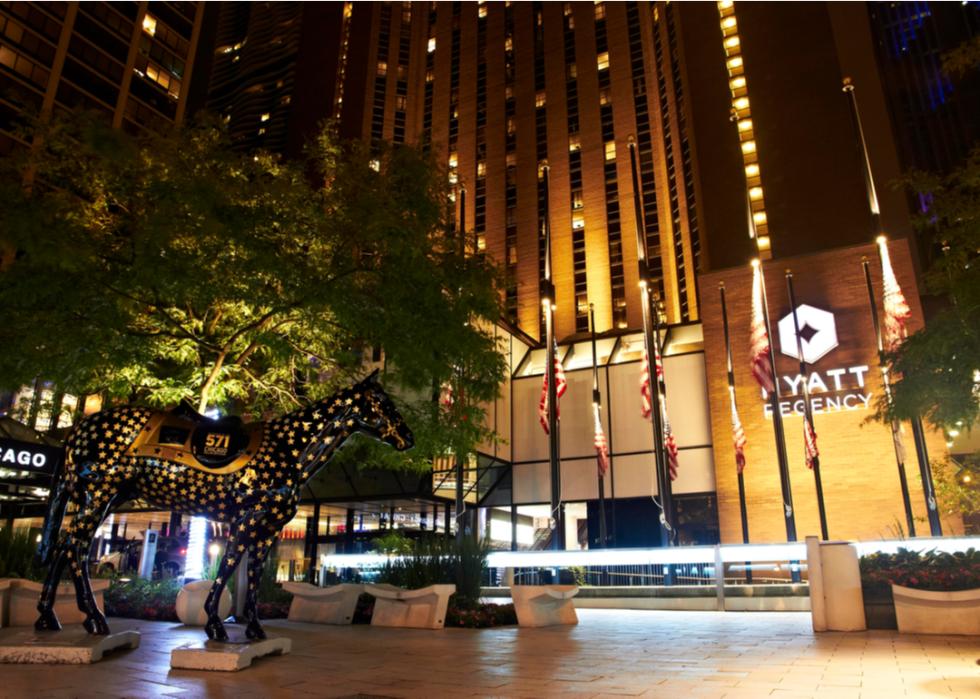
#9. Hyatt Regency
- Positive opinion score: 52%
--- Popularity among baby boomers: 61%
--- Popularity among Gen X: 55%
--- Popularity among millennials: 41%
The first Hyatt Regency hotel opened in Atlanta in 1967. Meant to appeal to business and leisure travelers alike, the chain was more luxurious than the traditional airport-adjacent Hyatt property. Today, there are 227 Hyatt Regency locations in 201 cities around the United States.
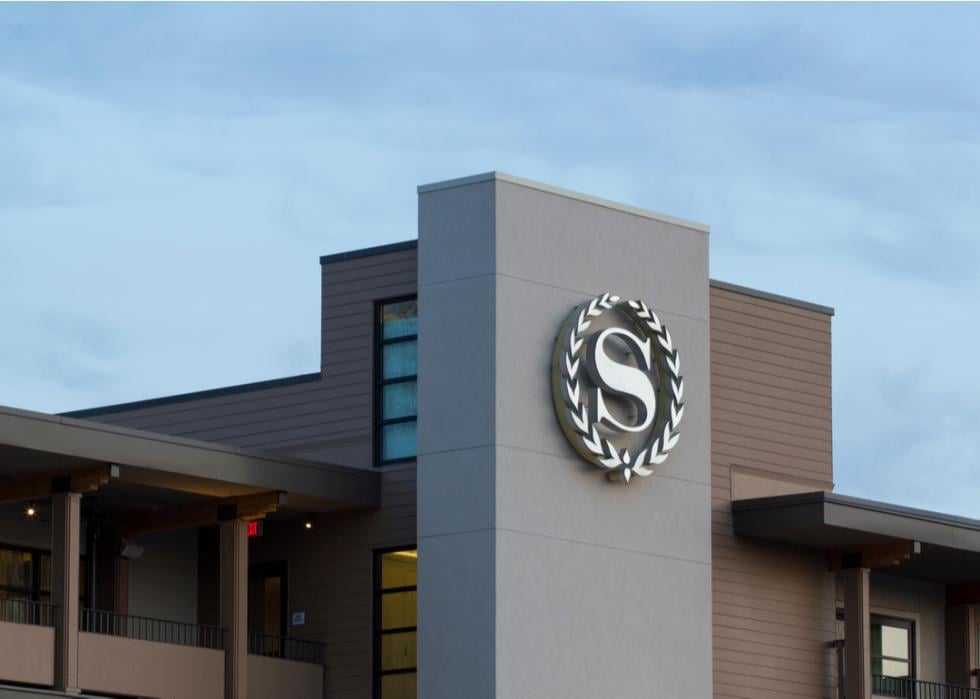
#8. Sheraton
- Positive opinion score: 53%
--- Popularity among baby boomers: 62%
--- Popularity among Gen X: 51%
--- Popularity among millennials: 52%
In 1937, Sheraton's two founders, Ernest Henderson and Robert Moore, acquired their first hotel in Springfield, Massachusetts. Two years later, the entrepreneurs had expanded, buying and building properties up and down the eastern seaboard. Today, there are more than 400 Sheraton hotels in countries around the world (the chain went international in the '40s), with 100 additional locations on the way. In 2016, Sheraton became a part of the Marriott family.
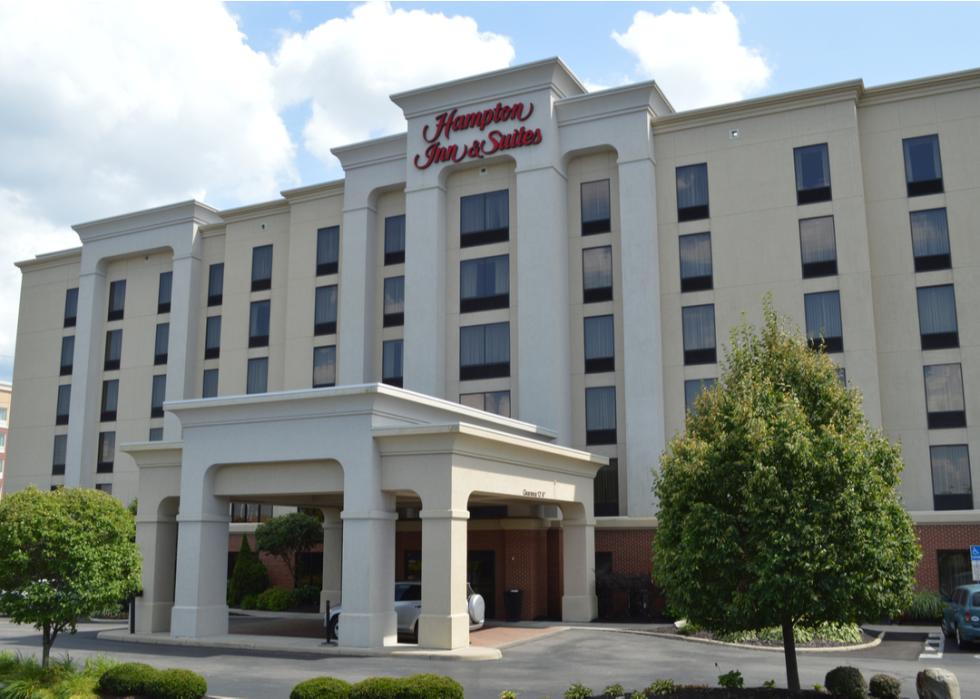
#7. Hampton Inn
- Positive opinion score: 54%
--- Popularity among baby boomers: 57%
--- Popularity among Gen X: 56%
--- Popularity among millennials: 50%
The mid-'80s saw the first Hampton Inn open its doors in Memphis, Tennessee. Catering to upper-middle-class travelers who are willing to spend more for good locations, helpful amenities, and bigger room sizes, there are now more than 2,700 thriving Hampton Inn and Hampton Inn & Suites locations in 31 different countries. Although they were originally a part of the Holiday Corporation, the Hampton Inn brand is now owned by the Hilton group.
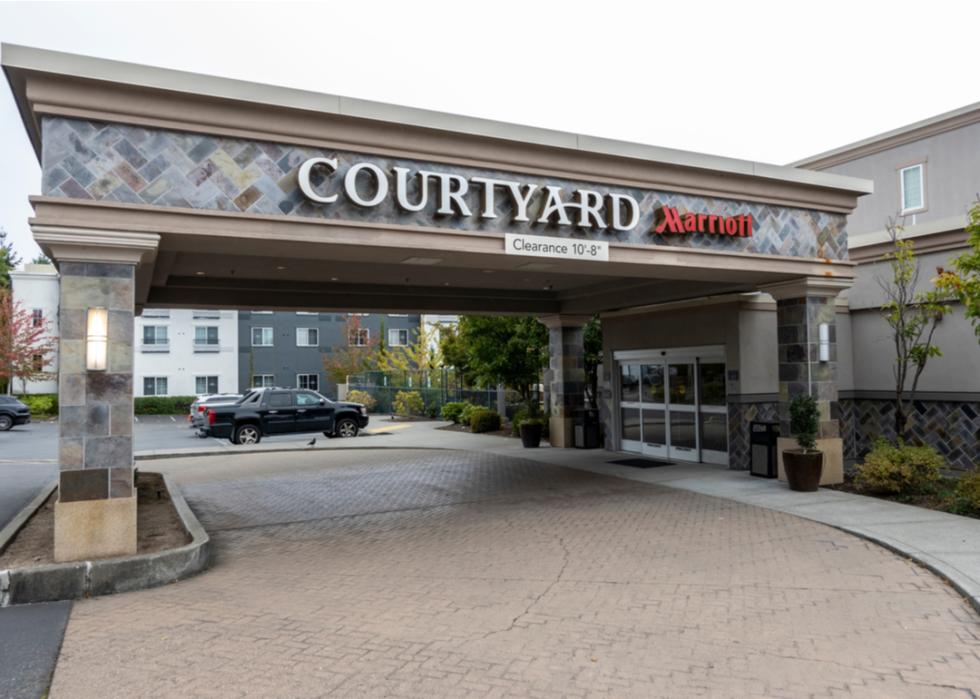
#6. Courtyard by Marriott
- Positive opinion score: 56%
--- Popularity among baby boomers: 62%
--- Popularity among Gen X: 52%
--- Popularity among millennials: 55%
Marriott opened its first Courtyard hotel more than 35 years ago, in an attempt to capture the attention of business travelers. Today, these hotels combine high-speed internet, co-working spaces, and fast-casual restaurants to ensure all the needs of their professional clientele are met. According to the company, there are 1,256 Courtyard hotels in urban locations around the world, for a grand total of 187,399 rooms.
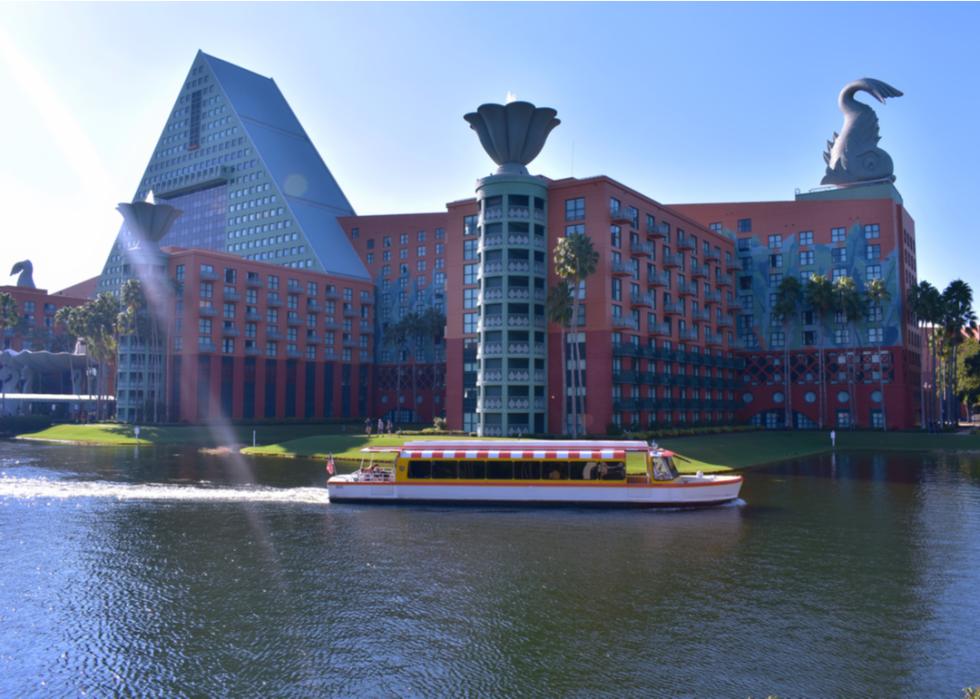
#5. Walt Disney Parks and Resorts
- Positive opinion score: 57%
--- Popularity among baby boomers: 56%
--- Popularity among Gen X: 59%
--- Popularity among millennials: 57%
An integral part of the Disney parks experience, the first Disney-owned hotels coincided with the opening of Walt Disney World in 1971 (though the first Disneyland Hotel opened under other management in 1955). In 1988, Disney purchased the original Disneyland Hotel (having initially granted the rights to the name to an independent hotelier). These themed hotels obviously primarily cater to Disney park guests, though they are open to travelers of all types.
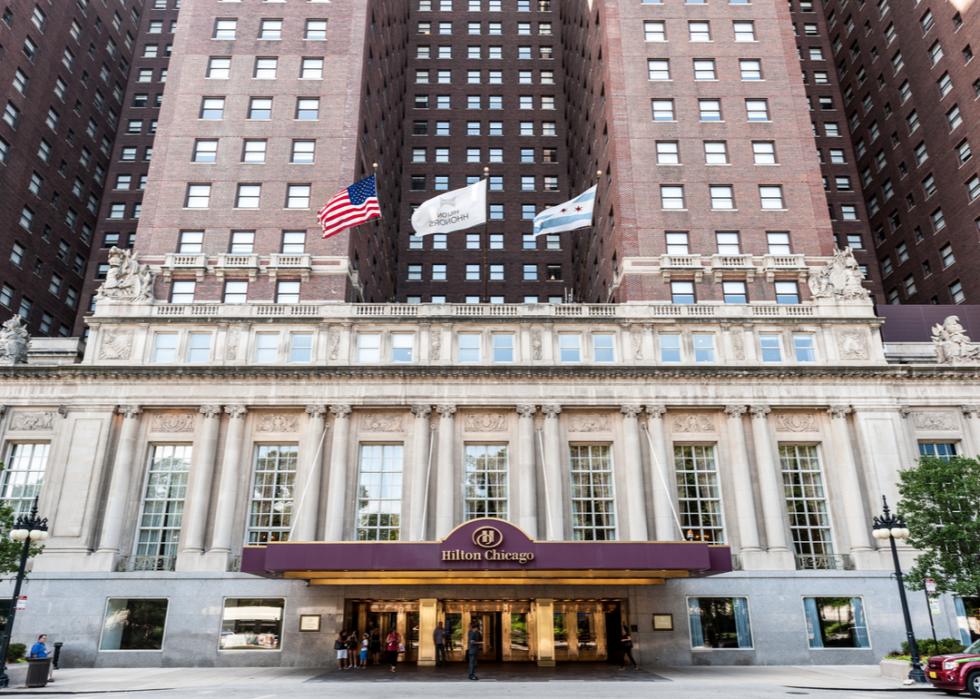
#4. Hilton
- Positive opinion score: 58%
--- Popularity among baby boomers: 62%
--- Popularity among Gen X: 60%
--- Popularity among millennials: 52%
The first hotel constructed under the Hilton name began welcoming guests in 1925 in Dallas. Now, the conglomerate's flagship chain has 584 locations in 93 countries, many of which are located near airports, convention centers, and popular vacation destinations (such as theme parks and national parks). A mid-level option in terms of rates, the hotels are full-service and family-friendly.
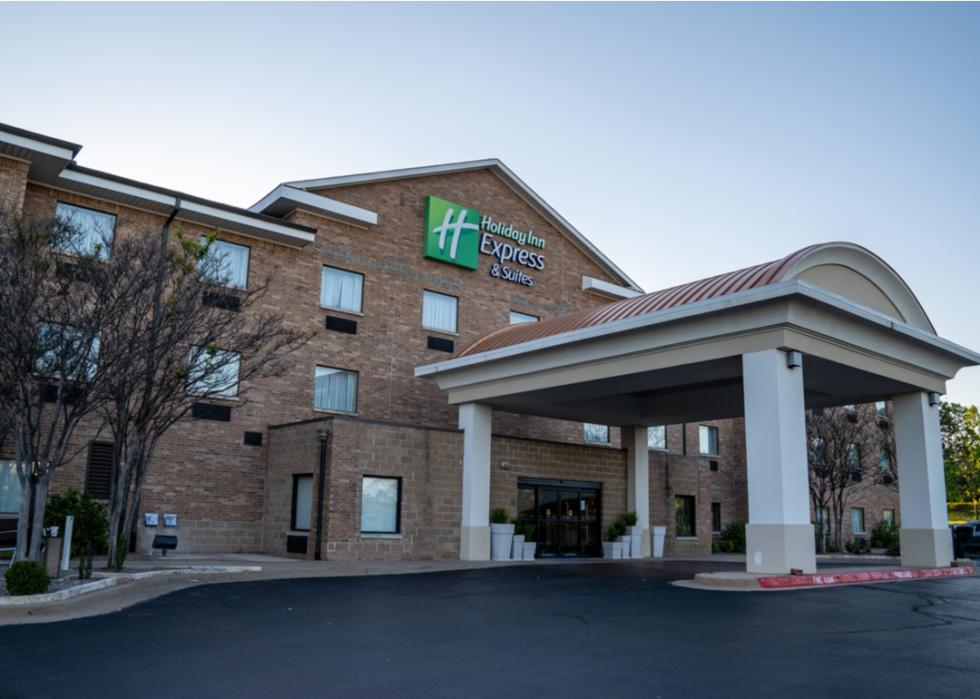
#3. Holiday Inn Express
- Positive opinion score: 58%
--- Popularity among baby boomers: 60%
--- Popularity among Gen X: 57%
--- Popularity among millennials: 56%
The fastest-growing chain in the IHG Hotels portfolio, Holiday Inn Express caters to business and leisure travelers alike. Started in 1991, the hotel chain features scaled-back versions of the standard Holiday Inn, offering equally comfortable stays but with fewer amenities. As of this writing, there are more than 3,000 Holiday Inn Express locations around the world, with another 658 in the planning.
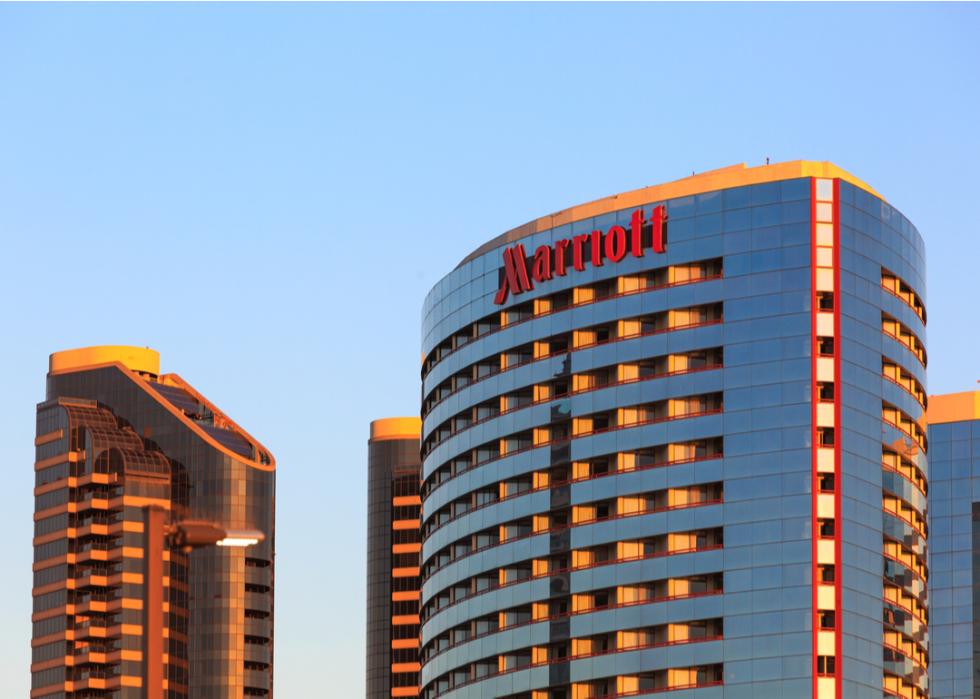
#2. Marriott
- Positive opinion score: 60%
--- Popularity among baby boomers: 65%
--- Popularity among Gen X: 63%
--- Popularity among millennials: 53%
The core brand of the Marriott family, there are currently nearly 600 Marriott hotels in dozens of countries around the world. While not as luxurious and expensive as the Ritz-Carlton or W Hotels, these properties still provide an elevated experience for business and leisure travelers alike. With an emphasis on thoughtful design and function, Marriott locations feature "Greatroom" public spaces for larger gatherings alongside newly renovated guest rooms that feature updated amenities. The company has also partnered with TED to provide in-room access to TED Talks as well as various live events.
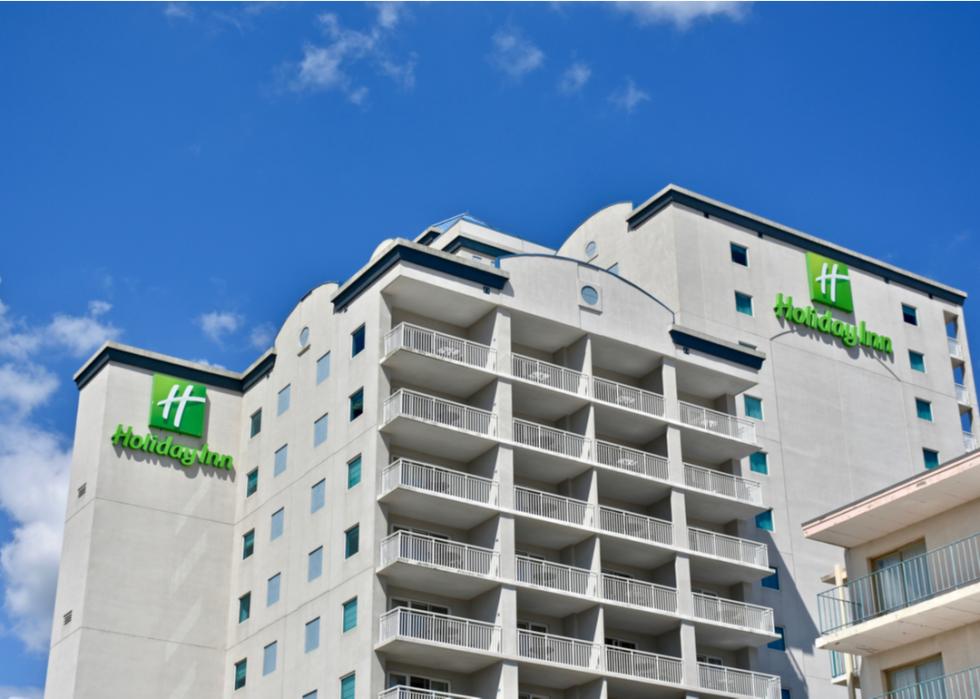
#1. Holiday Inn
- Positive opinion score: 63%
--- Popularity among baby boomers: 61%
--- Popularity among Gen X: 61%
--- Popularity among millennials: 66%
Frustrated by the accommodations available to him on a 1951 family vacation, Kemmons Wilson set out to create his own hotel chain with standardized room sizes, on-site restaurants, in-room TVs, and free stays for children under 12. The first Holiday Inn opened in 1952, and the first franchised location came just two years later. As of 2022, there are more than 1,100 Holiday Inns around the world, with 250 more in the pipeline, and it remains the most popular and identifiable hotel brand in the United States.



